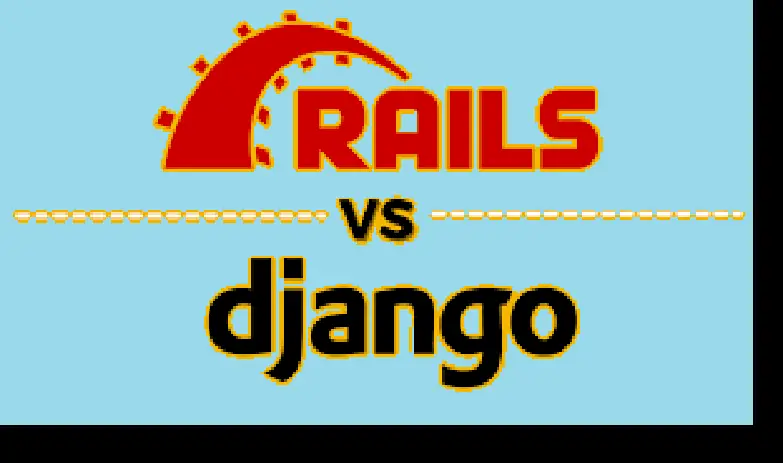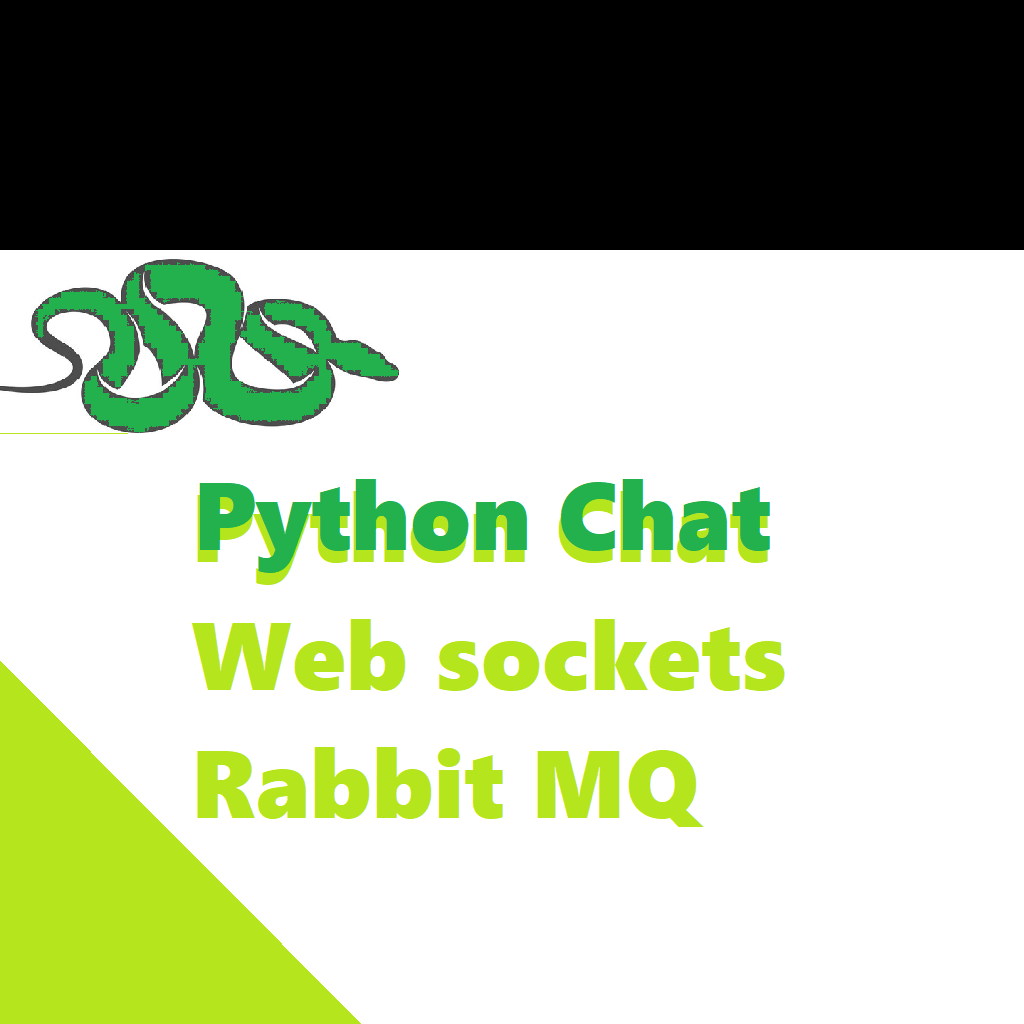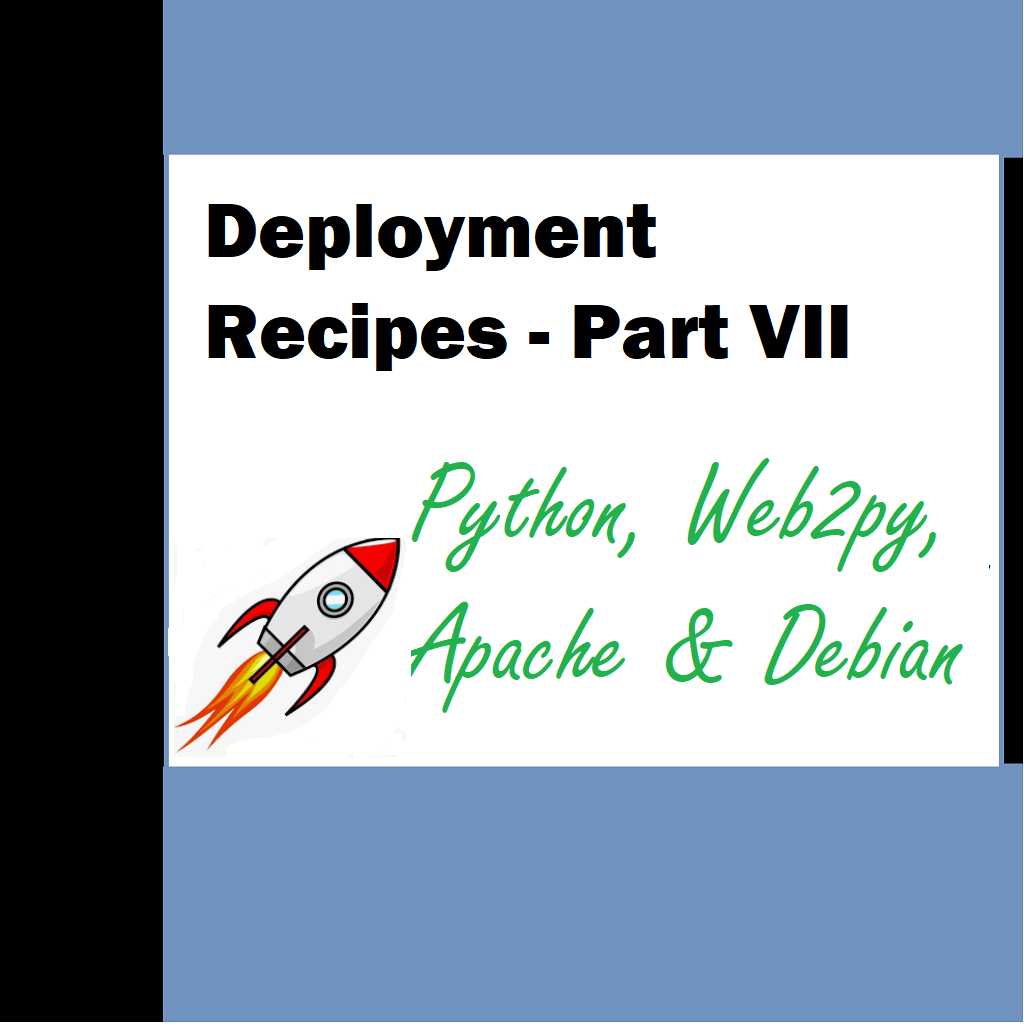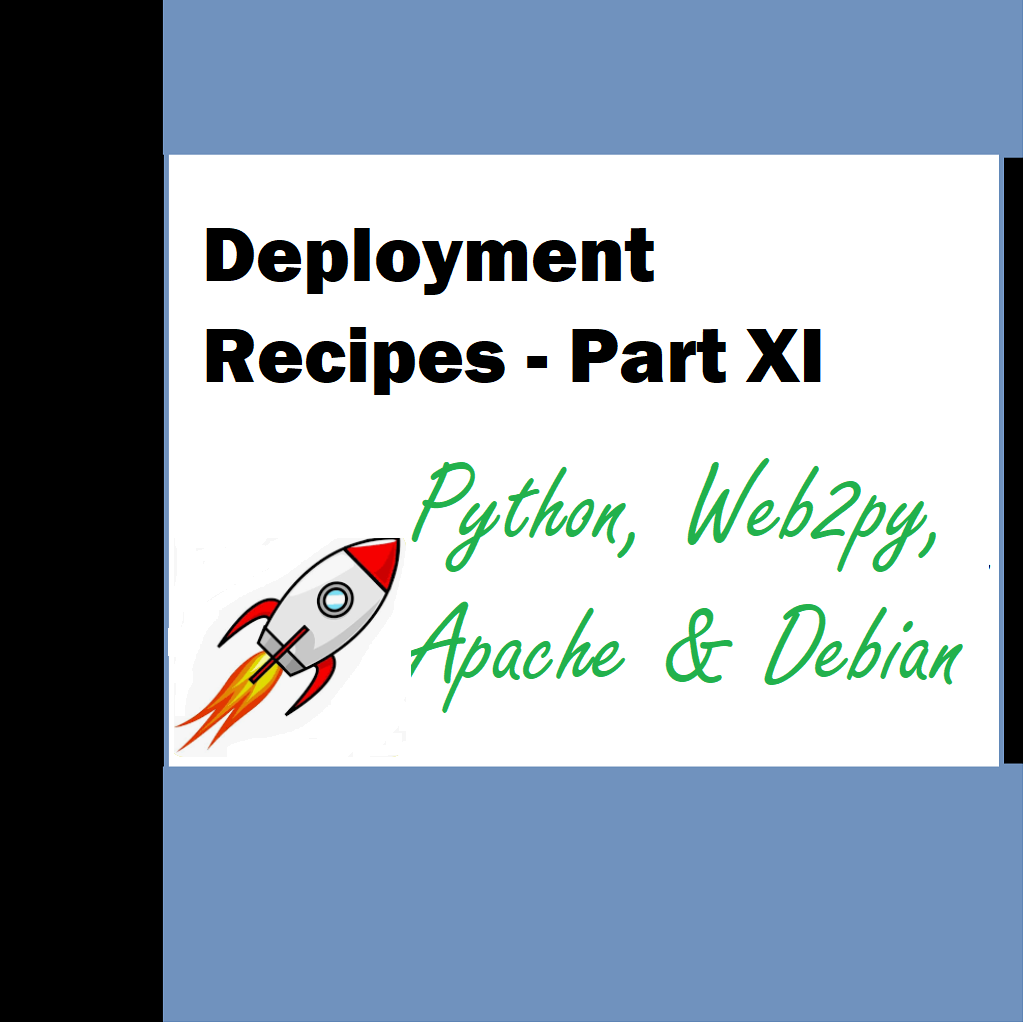There are a lot of questions in peoples mind and when it comes to programming there can be loads. Django vs Ruby on Rails: Which Framework is Better? As a programmer or a startup company these decisions matter for your. Both the frameworks are amazing source of application development for different languages. Here is a Comparative analysis on Ruby on rails Versus Django done on different parameters. How does Ruby on Rails compare to Python? might be a question that you might have come to get an answer for. You are at the right place. What is the market share of Django vs Rails? Well at the moment a tricky question to answer Django was approx 32 % at the time of this writing and Rails approx 27%. So, Why is Django more popular than Rails?& Do big companies use Django? . Ahh a plethora of questions – Lets find out. 🙂
Basic comparison
1. Language:
- Ruby on Rails (RoR): Uses Ruby as its programming language, known for its elegant syntax and developer-friendly features.
- Django: Utilizes Python, a versatile and readable language.
2. Framework Philosophy:
- Ruby on Rails (RoR): Follows the convention over configuration (CoC) and don’t repeat yourself (DRY) principles, emphasizing convention and standards to simplify development.
- Django: Adheres to the “Don’t Repeat Yourself” (DRY) principle and follows a batteries-included philosophy, providing many built-in features.
3. Community and Ecosystem:
- Ruby on Rails (RoR): Has a vibrant and active community with a rich ecosystem of gems (libraries) that can be easily integrated into projects.
- Django: Also boasts a strong community and a vast collection of reusable components, known as apps, available for developers.
4. Learning Curve:
- Ruby on Rails (RoR): Generally considered easy to learn and well-documented, especially for developers with a background in Ruby.
- Django: Has a steeper learning curve for beginners, but its documentation is comprehensive, making it easier for developers with Python experience.
5. Flexibility:
- Ruby on Rails (RoR): Provides flexibility but follows a more opinionated approach, which can be beneficial for rapid development.
- Django: Offers more flexibility in terms of project structure, allowing developers to choose components as needed.
6. ORM (Object-Relational Mapping):
- Ruby on Rails (RoR): Comes with ActiveRecord, a powerful and intuitive ORM.
- Django: Employs Django ORM, which is also robust and supports multiple databases.
7. Template Engine:
- Ruby on Rails (RoR): Uses ERB (Embedded Ruby) as the default template engine.
- Django: Uses its own template engine, which is powerful and allows for template inheritance.
8. URL Handling:
- Ruby on Rails (RoR): Utilizes RESTful routing by default, making it easy to define routes.
- Django: Employs a URL routing system that is explicit and follows a URLconf configuration.
9. Testing:
- Ruby on Rails (RoR): Encourages the use of testing with tools like RSpec for behavior-driven development.
- Django: Includes a robust testing framework and promotes test-driven development (TDD).
10. Deployment:
- Ruby on Rails (RoR): Historically associated with deployment on Heroku, but can be deployed on various platforms.
- Django: Offers flexibility in deployment options, including platforms like AWS, Heroku, and others.
Both Ruby on Rails and Django are powerful web frameworks, each with its strengths and weaknesses. The choice between them often depends on personal preferences, project requirements, and the developer’s expertise with the associated language (Ruby or Python).
Syntax check
Here is the syntax for both these frameworks which boils down to Ruby and Python
Ruby on Rails Syntax:
- Creating a Model:
ruby· # app/models/user.rbclassUser < ApplicationRecord validates :username, presence:true, uniqueness:true has_many :postsend
· Creating a Controller: ruby· # app/controllers/users_controller.rbclassUsersController < ApplicationController defindex @users = User.all end defshow @user = User.find(params[:id]) endend
· Defining Routes: ruby· # config/routes.rbRails.application.routes.draw do resources :usersend
· Creating a View: erb4. <!-- app/views/users/index.html.erb -->5. <h1>All Users</h1>6. <ul>7. <% @users.each do |user| %>8. <li><%= user.username %></li>9. <% end %>10.</ul>
Django Syntax:
- Creating a Model:
python· # models.pyfrom django.db import modelsclassUser(models.Model): username = models.CharField(max_length=50, unique=True)classPost(models.Model): title = models.CharField(max_length=100)
content = models.TextField() user = models.ForeignKey(User, on_delete=models.CASCADE)· Creating a View (in views.py): python· # views.pyfrom django.shortcuts import render, get_object_or_404from .models import Userdefindex(request): users = User.objects.all() return render(request, ‘users/index.html’, {‘users’: users})defshow(request, user_id):
user = get_object_or_404(User, pk=user_id) return render(request, ‘users/show.html’, {‘user’: user})
· Defining URLs (in urls.py): python· # urls.pyfrom django.urls import pathfrom . import views
urlpatterns = [ path(‘users/’, views.index, name=‘index’), path(‘users/<int:user_id>/’, views.show, name=‘show’),
]· Creating a Template (users/index.html): html4. <!– templates/users/index.html –>5. <h1>All Users</h1>6. <ul>7. {% for user in users %}8. <li>{{ user.username }}</li>9. {% endfor %}10.</ul>
These examples illustrate some fundamental syntax differences between Ruby on Rails and Django, including model creation, controller/view structure, routing, and templating. Keep in mind that these are simplified examples, and real-world applications in both frameworks involve more complexity and features
Code readability
Another parameter for comparative analysis on Ruby on rails Versus Django is the readability and cleanliness of code can be subjective, and it often depends on personal preferences and familiarity with the language and framework. Both Ruby on Rails and Django have their own conventions and styles, and what might be considered clean and readable for one developer might differ for another. However, I feel that python is an elegant language and having said that its syntax is pretty simple so is Django’s.
Here are a few considerations:
Ruby on Rails:
Pros:
- Ruby is known for its elegant and concise syntax, making code more readable.
- Convention over Configuration (CoC) and Don’t Repeat Yourself (DRY) principles encourage clean and concise code.
- Active Record syntax for database interactions is often considered expressive and easy to understand.
Cons:
- For those unfamiliar with Ruby, the syntax might take some time to get used to.
- Some may find the convention-based approach restrictive if they prefer more explicit configuration.
Django:
Pros:
- Python’s readability is widely praised, contributing to the readability of Django code.
- Django’s “batteries-included” philosophy provides a consistent structure and set of features, reducing the need for additional configurations.
- Django templates are easy to read and understand.
Cons:
- The Django ORM syntax might be perceived as more verbose than ActiveRecord in Rails.
- The Django framework can have a steeper learning curve for beginners due to its comprehensive nature.
Ultimately, the “cleanliness” and “ease of reading” depend on factors such as personal experience, preferences, and the specific requirements of a project. Both excellent frameworks are widely used in the industry and have large, supportive communities.
If you have a preference for Ruby or Python, that might influence your choice. Additionally, if you are working with a team, it’s essential to consider the team’s familiarity with the language and framework.
In terms of readability, both frameworks have well-established conventions, and a well-organized codebase in either can be clean and easy to understand. It might be helpful to explore sample projects or documentation for both Ruby on Rails and Django to get a feel for their respective styles and see which one resonates more with you.
Scope for freelancing
Both Ruby on Rails and Django have a significant presence in the freelancing world, and both frameworks are used by developers for a variety of web development projects. However, the popularity of each framework can vary based on factors such as geographical location, industry trends, and specific project requirements.
Ruby on Rails:
Scope in Freelancing:
- Ruby on Rails has been a popular choice for freelancers, particularly for startups and small to medium-sized businesses.
- Its convention-over-configuration and rapid development capabilities make it suitable for projects with tight deadlines.
- Many startups appreciate the productivity gains and the ability to build functional prototypes quickly.
Popularity:
- Ruby on Rails has historically been associated with startups and the tech industry.
- While it might not be as hyped as it was during its initial rise, it remains a reliable choice for certain types of projects.
Django:
Scope in Freelancing:
- Django is widely used in freelancing, with its popularity extending to various industries, including e-commerce, content management systems, and more.
- Its batteries-included philosophy provides a comprehensive set of tools, making it suitable for a range of project types and sizes.
Popularity:
- Django is popular in both startup and enterprise environments, and its versatility has contributed to its sustained popularity.
- It is frequently used for larger projects, and its scalability and flexibility make it a suitable choice for a variety of applications.
Popularity Comparison:
Comparative analysis on Ruby on rails Versus Django next parameter is popularity comparison. Although not so vital but it is essential to understand that both Ruby on Rails and Django have had strong communities and are widely used. The popularity of these frameworks can shift over time, and it’s advisable to check recent surveys, job boards, and developer community discussions for the most up-to-date information.
Factors Influencing Choice:
- Project Requirements: The nature of the project and its specific requirements may influence the choice between Ruby on Rails and Django.
- Client Preferences: Sometimes, clients may have preferences based on their previous experiences or specific technology stacks.
- Community and Support: Consider the strength and support of the community for each framework, as it impacts the availability of resources, libraries, and help when needed.
- Geographical Location: The popularity of these frameworks can vary by region, so it might be beneficial to consider the local job market and demand.
It’s important to note that both frameworks have been used successfully in freelancing, and the best choice depends on individual preferences, project needs, and market trends. It’s recommended to stay updated with the latest trends and preferences in the industry.
Extent of earnings
The earning potential for a Ruby on Rails (RoR) or Django developer can vary widely based on several factors. Here are some key considerations that can influence the earning potential for individuals working on RoR or Django projects:
- Experience and Expertise:
- Developers with more years of experience and a strong skill set in Ruby on Rails or Django are generally able to command higher rates.
- Specialized expertise in certain aspects of the frameworks, such as performance optimization, security, or integration with specific technologies, can also contribute to higher earnings.
- Geographical Location:
- Earnings can vary significantly based on the developer’s location. Developers in regions with a higher cost of living or greater demand for specific skills may command higher rates.
- Freelancers or developers working remotely may also set rates based on the prevailing rates in the market they are targeting.
- Type and Complexity of Projects:
- The type and complexity of the projects undertaken can impact earnings. Large-scale, complex projects may command higher rates due to the skill and effort required.
- Short-term, high-impact projects with tight deadlines may also result in higher rates.
- Freelancing Platforms and Job Marketplaces:
- Rates can be influenced by the platform or marketplace through which a developer finds projects. Different platforms have different pricing dynamics.
- Popular freelancing platforms like Upwork, Freelancer, and Toptal may have different average rates and expectations.
- Client Requirements and Budget:
- The budget and financial capacity of clients can influence the rates negotiated. Some clients may have a higher budget for development work, allowing developers to charge higher rates.
- Industry and Sector:
- The industry or sector in which the project is located can affect rates. For example, projects in finance, healthcare, or e-commerce may have higher budgets compared to smaller sectors.
- Contract Type:
- The type of contract (hourly, project-based, long-term retainer) can impact earnings. Hourly rates may be higher but project-based contracts may provide more stability.
- Negotiation Skills:
- A developer’s ability to negotiate rates effectively can impact earnings. Strong communication skills and the ability to demonstrate value can lead to better compensation.
Here’s a tentative update as of January 2024, hourly rates for experienced Ruby on Rails or Django developers on freelancing platforms could range anywhere between 2000 ($30) to rupees 7500 (approx. $100) or more, depending on the factors mentioned above. These could however change from company to company or if you are thinking of going freelance. Finally, Which is better Django or Ruby on Rails? you may ask well both are equally good.
Who uses both?
Ruby on rails:
Keep in mind that the technology choices of companies can evolve, and new information may have emerged since then. Here are some notable companies that have historically used Ruby on Rails:
- GitHub: GitHub, the popular platform for version control and collaborative software development, was initially built using Ruby on Rails.
- Basecamp: The project management and collaboration tool Basecamp was developed using Ruby on Rails. Basecamp’s founders, including David Heinemeier Hansson, are strong advocates of the framework.
- Airbnb: While Airbnb has a diverse technology stack, Ruby on Rails has been used in parts of their platform. The company has gradually adopted other technologies as well.
- Shopify: Shopify, an e-commerce platform, initially used Ruby on Rails in its early development stages. Over time, they have integrated other technologies into their stack.
- SoundCloud: The music streaming service SoundCloud used Ruby on Rails in the development of its platform.
- Bloomberg: Bloomberg, a global financial information and analytics provider, has utilized Ruby on Rails in certain applications.
- Square: Square, the financial services and mobile payment company, used Ruby on Rails in the early development of some of its applications.
- Stripe: While Stripe primarily uses Python for its backend systems, Ruby on Rails has been part of their technology stack for certain components.
It’s important to note that the usage of Ruby on Rails can vary within a company, and many organizations use a mix of technologies based on project requirements. Additionally, technology choices may evolve over time, and companies may adopt new frameworks or languages to address specific needs.
For the most up-to-date information, you may want to check the engineering blogs, public repositories, or career pages of these companies, as they often provide insights into the technologies they currently use.
Django:
Django, the Python-based web framework, is widely adopted by various organizations for developing robust and scalable web applications. Below are some notable companies that have utilized Django in their technology stack:
- Instagram: One of the largest social media platforms, Instagram, relies on Django for its backend services. Django’s flexibility and scalability contribute to handling the vast amount of user-generated content on the platform.
- Pinterest: The visual discovery and bookmarking platform, Pinterest, initially used Django for its development. While they have incorporated other technologies, Django played a significant role in their early growth.
- Spotify: The popular music streaming service, Spotify, has employed Django in parts of its platform. Django’s rapid development capabilities have been beneficial for building features and services.
- Dropbox: Dropbox, a cloud storage and collaboration platform, has integrated Django into its technology stack. Django’s simplicity and efficiency align with Dropbox’s focus on user-friendly interfaces.
- The Washington Post: A prominent news organization, The Washington Post, utilizes Django for various aspects of its digital infrastructure, including content management and delivery.
- Eventbrite: An online event management and ticketing platform, Eventbrite, has employed Django to build and maintain its event registration and ticketing services.
- NASA: Django is used by NASA for its data-driven web applications and projects. The framework’s security features make it suitable for applications handling sensitive information.
- Mozilla: The open-source web browser developer Mozilla has incorporated Django into some of its projects, benefiting from Python’s readability and Django’s rapid development features.
- National Geographic: Django is utilized by National Geographic for building and managing various parts of its digital platform, including content publishing and interactive features.
- Reddit: While Reddit primarily uses Python, parts of its platform have been built using Django. The framework’s versatility aligns with Reddit’s diverse content and user interactions.
It’s worth noting that the use of Django can vary within an organization, and companies often employ a mix of technologies to meet specific requirements. Django’s strengths in rapid development, scalability, and the Python language’s readability contribute to its popularity among a diverse range of companies.
It’s crucial for developers to research market rates, consider their own experience and expertise, and negotiate rates based on the specifics of each project and client. Additionally, market conditions and rates may have changed, so it’s advisable to check current trends and rates in the freelancing industry. So I hope you liked the comparative analysis on Ruby on rails Versus Django.
Please check out other articles on python pypy .






We are a group of volunteers and opening a new scheme in our community. Your web site offered us with valuable info to work on. You’ve done a formidable job and our whole community will be thankful to you.